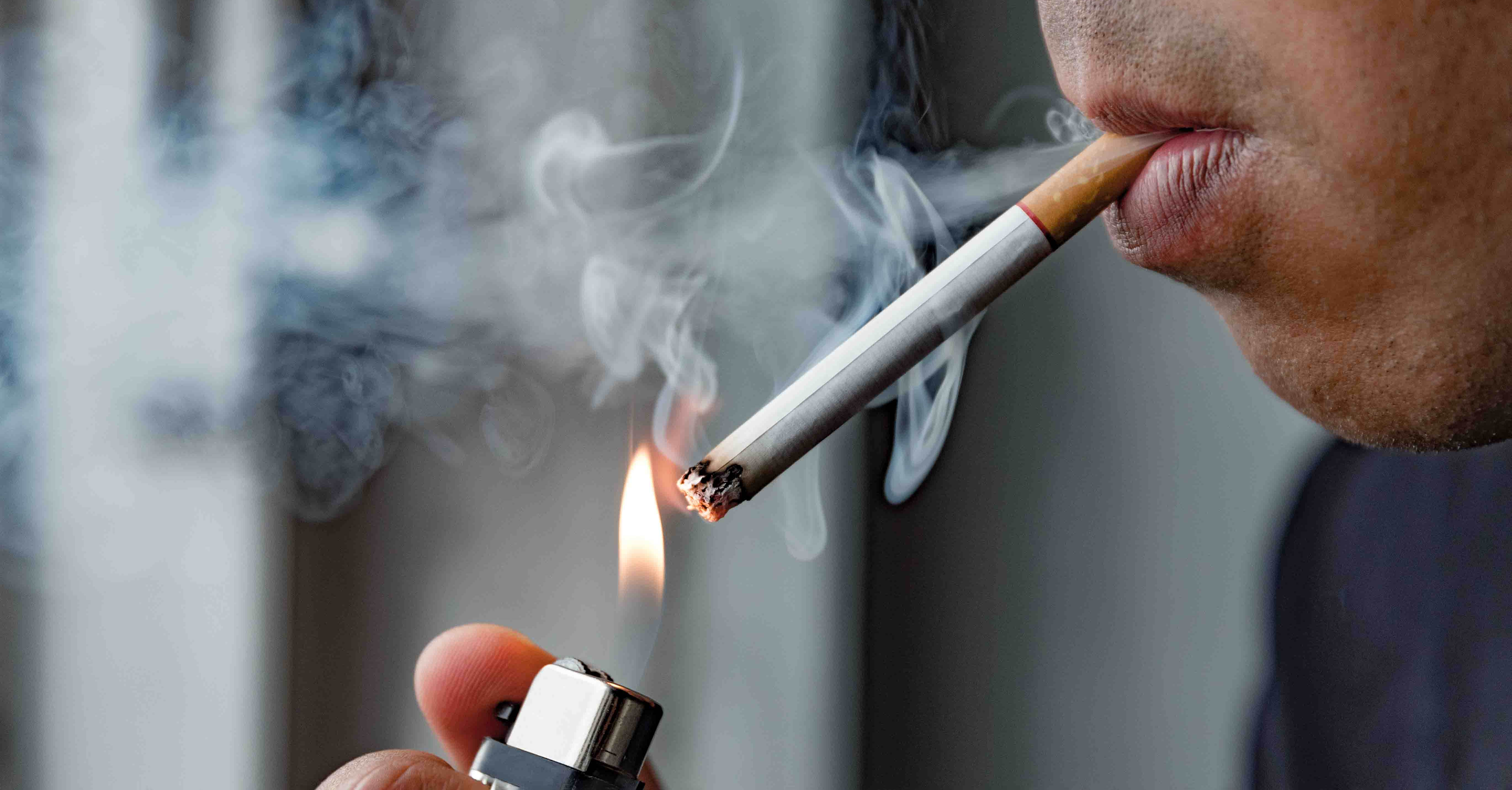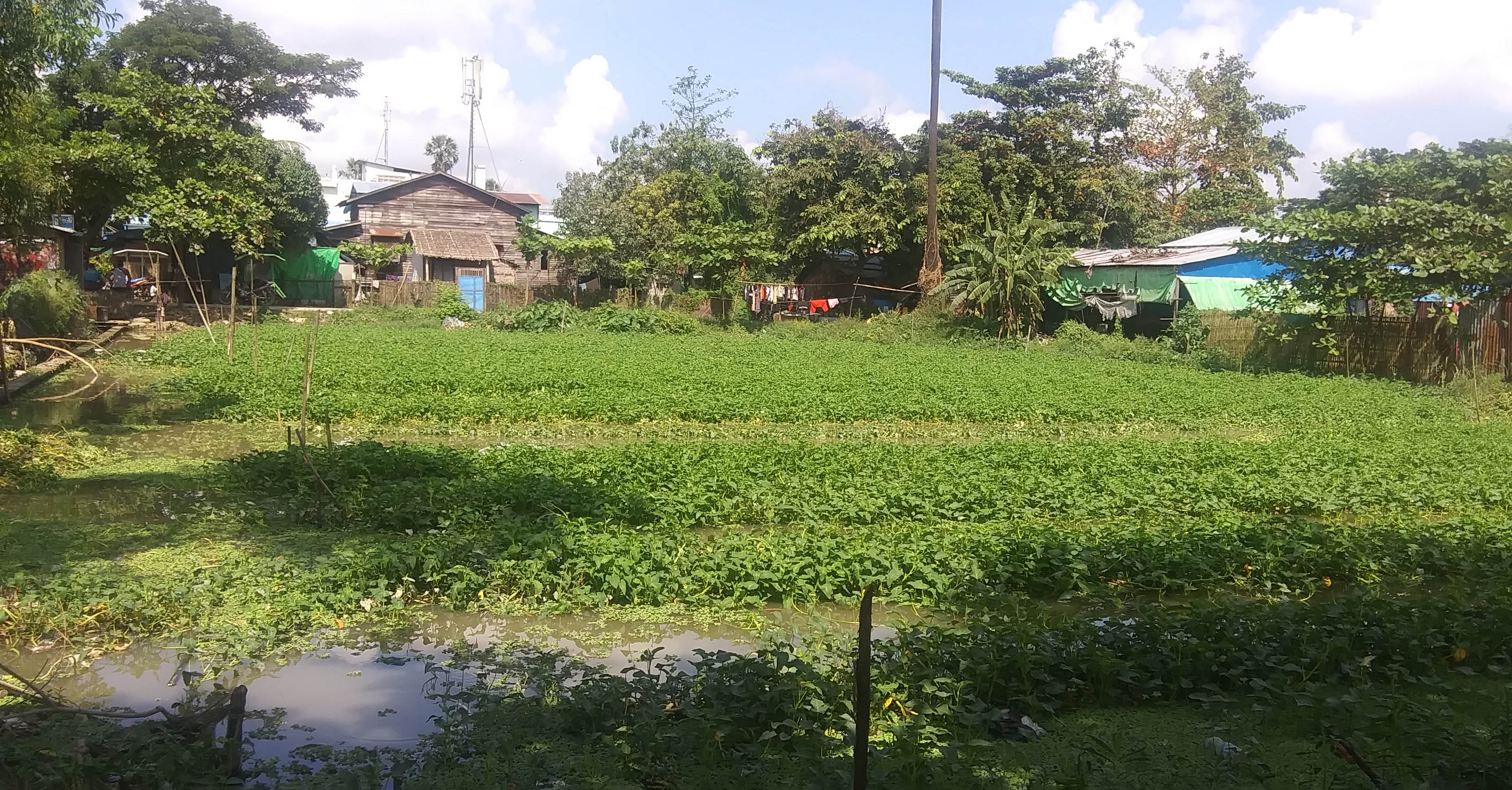
Michigan Public Health database serves as resource for researchers on Tobacco 21 laws
Researchers can now utilize a new interactive tool housing US data on Tobacco 21 (T21) laws—regulations that raise the minimum age of the sale of tobacco products to 21. Nancy Fleischer, associate professor of Epidemiology at the University of Michigan School of Public Health, worked on the database and highlights that data collected for this tool can be used by researchers to further study the effects and public health impact of T21 policies.





